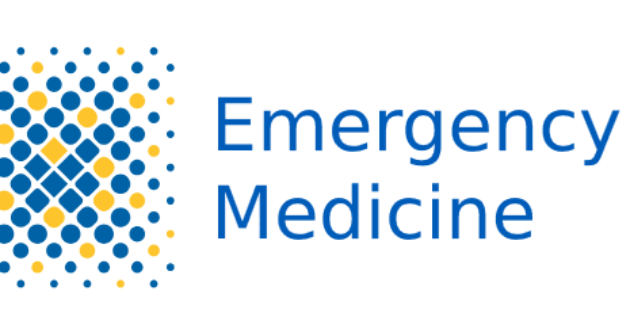
Physicians who enroll also receive an introduction into quality improvement and best practice implementation.
Explore This Issue
ACEP Now: Vol 44 – No 01 – January 2025The E-QUAL Network enrollment period is now open for this year’s initiatives—sepsis, opioid and alcohol use disorder, and venous thromboembolism.
Revolutionizing Data Analysis
Dr. Epstein and Dr. Augustine pointed out that ACEP wasn’t the first to build a registry for its specialty. Oncology, trauma surgery, and anesthesiology established registries years before, paving the way for improvements in patient care and safety. Unlike trauma centers or oncology departments, which often relied on dedicated personnel to manually extract and submit data, emergency medicine implemented a fully digital approach. This placed emergency medicine at the forefront of modern data management.
By focusing on automation and scalability, the EMDI ensures seamless integration with existing hospital systems.
The digital nature of the EMDI also enables it to evolve rapidly, incorporating new technologies like artificial intelligence and machine learning. Experts say these tools have the potential to revolutionize data analysis, offering insights that were previously unimaginable.
“When we’re able to discern that certain EDs are doing a better job, we can identify what high-performing institutions do differently and spread those practices nationwide,” Dr. Epstein said. “Patients get better care, and emergency physicians make decisions supported by robust data.”
The EMDI’s success depends on active participation. Whether contributing data, engaging in collaborative networks like EQUAL, or advocating for specialty-specific measures, every physician has a role to play. As federal mandates continue to evolve, the ability to report and utilize data will directly affect reimbursement, quality metrics, and public health outcomes. Dr. Epstein and Dr. Augustine said in order for emergency medicine to thrive, it must remain at the forefront of data innovation.
As the EMDI continues to innovate—new registries such as the Hospital and Observation Medicine Registry are in development—its influence extends beyond emergency medicine and individual EDs to shape national and global standards for acute care.
Dr. Augustine emphasized that “data must come back to the bedside and assist in individual patient encounters. That’s how we grow, improve our tools, and ultimately serve our patients better.”
Mr. Scheid is ACEP’s Communications Director.
Pages: 1 2 3 | Single Page




No Responses to “ACEP’s Emergency Medicine Data Institute Improves Patient Care”